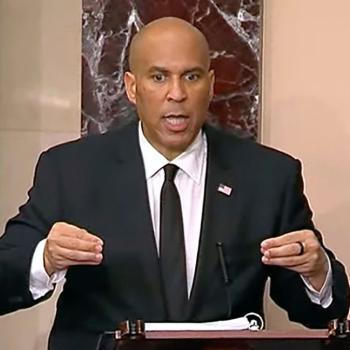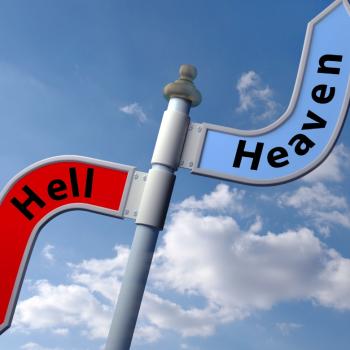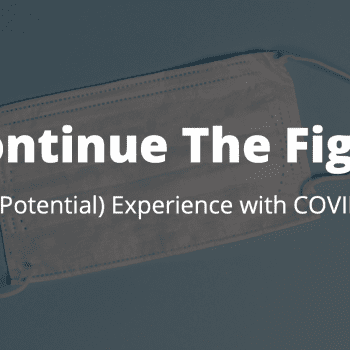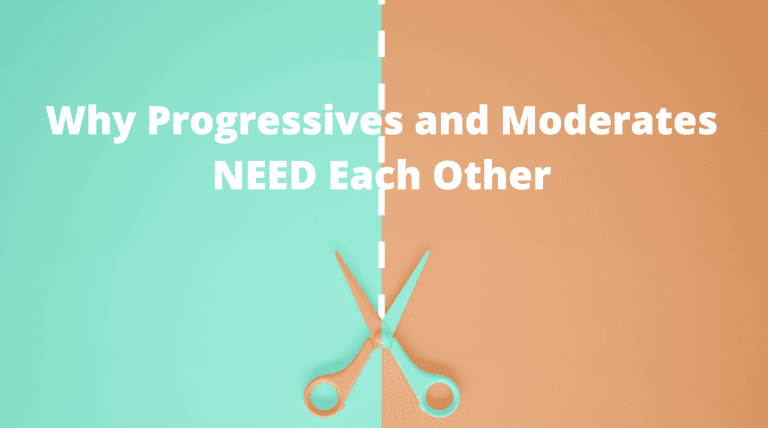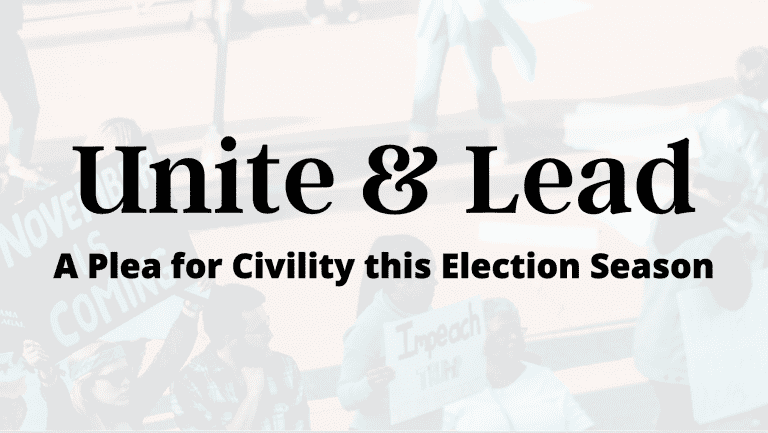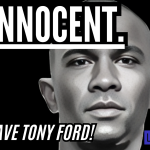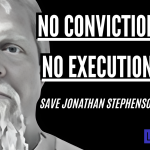A few weeks ago, I posted a survey on various pages across the Facebook-sphere representing Christians from every background asking them about the church they go to and about what they wish would change about churches they have been a part of in the future. To be honest, and without sounding arrogant, the results weren’t surprising. They reflected exactly what I, as well as the majority of young Christians are feeling. The reflect the hypothesis of the Revangelical movement as well as most other congregational surveys that have been conducted in recent years. So what are these results?
Racial Diversity:
45% of all surveyed said that the church they attend is moderately to extremely racially diverse. (significant diversity in the church they attend- more than one “dominant” race)
30% of all surveyed said that the church they attend is partially racially diverse. (one dominant race but a mix of others represented in minority)
25% of all surveyed said that the church they attend is not racially diverse. (unicultural church)
Theological Diversity:
29% of all surveyed said that the church they attend has a lot of theological/denominational diversity.
48% of all surveyed said that the church they attend has a moderate amount of theological/denominational diversity.
19% of all surveyed said that the church they attend has no theological/denominational diversity.
Preferred Style of Worship/Service:
51% of all surveyed said that they desired a contemporary liturgical/contemplative church service. (Catholic/New Liturgy style)
45% of all surveyed said that they desired a contemporary/traditional church service. (Baptistic Hymns and Modern CCM)
4% of all surveyed said that they desired a contemporary/seeker church service. (Mega-Church Style Services)
Preferred Church Size:
80% of all surveyed said that they preferred a church between 60-300 people. (Small-Medium Church)
19% of all surveyed said that they preferred a church between 300-2000+ people.(Large/Mega Church)
1% of all surveyed said that they preferred a church between 5-15 people. (Organic/House Church)
Church Outreach:
54% of all surveyed said that the most important outreach of their home church is Evangelism/Teaching.
45% of all surveyed said that the most important outreach of their home church is Social Justice.
1% of all surveyed said they most important outreach of their home church is Media/Music.
What we hope for the future of Christianity:
25% said that they desired to see more theological and doctrinal emphasis in churches.
68% said that they desired to see more social justice and living faith in churches.
70% said that they desired to see unity among all Christians with different theological backgrounds and worship styles.
Important Comment on MegaChurches vs. Emergent Churches and African Americans:
I received this comment from an African American participant who struggled with desiring small/liturgical churches that could relate to their ethnic background:
“Just one thing that can be unpacked in many ways. Someone recently pointed out to me that liturgical and contemplative churches (including most progressive churches, including most emerging churches) are experiment with theology but not with the forms (i.e. music, readings, etc.). Meanwhile, the more conservative jazz-band-using mega churches are stuck on their theology but experiment with form. I suspect this is the reason many progressive ’emerging-minded’ people of color choose the megachurch (or no church at all) over emerging churches. I have been to a lot of churches in my 30 years. And I have never encountered a social justice-oriented, progressive contemplative church that had good music. At the risk of generalizing, emerging churches tend to have music that is the opposite of what you would get at an african-american or other kind of ‘gospel’ church. Thing is, it’s not enough to passively hope for more people of color in your church if you conduct the service in ways that aren’t particularly affirming of different traditions. I think the goal should not be to have more brown faces join “our mostly white church,” but to be so open and experimental that the church easily becomes “theirs” as well. “
The Revangelical Generation Churches Will Be:
Diverse in theology and ethnicity.
Liturgical/Emerging in worship style and building feel.
Small-Medium Size communities with a “family feel”.
Inclusive of all people (race, sexuality, religion)
Focused on doing justice and loving mercy.
Increasingly historical/theological in conversation/teaching.
My prayer is that church leaders would see the results of these types of surveys and begin to create church environments that are increasingly diverse and focus on experiential spirituality and strong justice out reaches. These are the types of churches that will reach this generation, and many future generations as well. And it can be done. Our churches can adapt and makes changes to the way they function to become “Revangelical”.
Need some proof?
A few months ago, I was sitting in a room with 40 of the most influential pastors in America talking about this very topic- the future of the church. The leader in the discussion was Bill Hybels, Pastor of Willow Creek Community Church, one of the first mega-churches in our country with a weekend attendance of over 20,000. Bill and the Willow team have a gift for prophetic vision- they saw this movement coming and have made major changes to how Willow does church. Over the past 3 years or so, Willow has hired a new worship leader, Aaron Neiquist, formerly Worship Pastor of Mars Hill Bible Church in Grand Rapids (yes, Rob Bell’s church) who began a project called “A New Liturgy”. Aaron began to incorporate ancient liturgical elements such as corporate liturgical prayer and scripture reading, celebration of the feasts of the church calendar, including extended periods of prayer, meditation, and contemplation, and many other elements likes these to create a church services that feeds the souls of the rising generation. The services are professionally done with a mix of contemporary songs focusing on love, justice, and the glory of Jesus, as well as ancient hymns of the faith. Different languages and music styles are a given at Willow as well. Not only this, but Willow has implemented a new program to create dozens of “smaller” church communities in its large church environment. The church auditorium is divided into sections of about 20-30 people, and each section is assigned two leaders. These leaders are trained to create community between the people in there section, hold outside events like picnics and Bible studies, and create a prayer community among the small group. These sections sit with each other every service, connect with each other outside of church, and even do service projects as a community. Though the results of this new program haven’t been released yet, I have been to Willow multiple times since this program began and I can tell you it looks good! Willow is a beautiful example of a church who gets it. It is also proof that existing churches can adapt.
There are many other churches that are starting every day who are embodying these elements. Simply look at Mars Hill Church in Grand Rapids, Ecclesia Church in Houston, Imagio Dei Church in Portland, Solomons Porch in Minneapolis, The Village Church in Dallas, The Journey Community in Baltimore, Bloom Community in Denver, and the hundreds of other church communities springing up around the world. Even the Southern Baptist Church Network Converge has become a leader in these types of churches that are rooted in the tradition and history of our Christian faith and diverse in theology and practice.
Phyllis Tickle pointed out in her book The Great Emergence that every 500 years there is a major reformation that takes place among Christians, and it is become more and more clear that this is the future. And I am excited. Because the future is one of unity, diversity, love, tradition, innovation, community, justice, and Christ centered disciples.
More on this to come. Til’ then, Grace & Peace!
Brandan




